Football, known as the beautiful game, is a complex and strategic sport. Each player on the field has their own role, contributing to the team’s success. However, amidst the intensity and necessary skills for each position, there remains a steadfast belief that some roles are easier than others. The debate surrounding the easiest position in football often sparks discussions among fans and analysts alike. But is there truly an easy position in a game renowned for its physical demands and tactical intricacies? Let’s delve into this contentious topic with bestsoccertips and shed light on the truth behind the legend.
Compilation of the easiest positions to play in football
6. Central Midfielder (Including attacking and defensive midfielders)
In both defensive and offensive roles, the central midfielder is one of the most challenging positions, requiring versatility alongside a deep understanding of tactics. There are three types of central midfielders: Defensive, Attacking, and Box-to-Box midfielders, combining aspects of both.
As a conventional central midfielder, you need to possess comprehensive skills and mastery in all areas of the game, with passing, endurance/speed, and ball control being crucial factors. Sharp defensive abilities are also required.
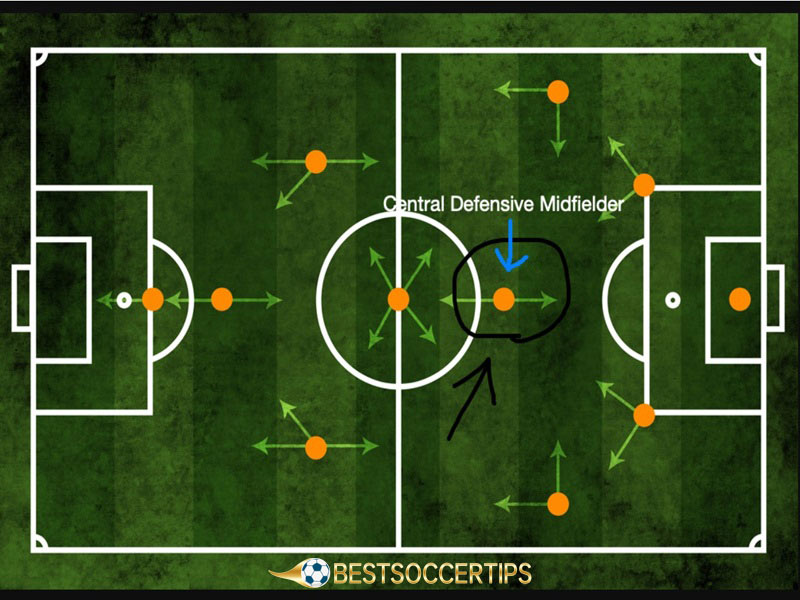
When emphasizing on the attacking aspect, players need to orchestrate attacks while reading and understanding the play. You’ll need dribbling skills akin to a winger but require a precise first touch to navigate through the congested central areas of the field. Good shooting and passing range are also encouraged.
On the defensive end, essentially, you need all the qualities of a good defender, coupled with excellent passing abilities. However, height and physicality are less crucial for a midfielder, while emphasis is placed more on endurance and speed. Overall, the central midfielder position is relatively challenging, regardless of your task.
5. Goalkeeper
At first glance, the goalkeeper seems to be the most straightforward position. There are very few tactical nuances, and someone who has never shown interest in the sport can become a natural goalkeeper. It’s unlike other positions. Essentially, the most important factors to consider are hand-eye coordination, leadership, and reflexes.
While this may suggest that goalkeeper is the easiest position, in reality, it’s one of the most challenging positions. It’s an isolated role and often the most criticized on the field. You can play flawlessly, making save after save, but one moment of lapse in concentration or a subtle mistake is all anyone will remember. Playing in goal is akin to playing a different sport altogether with the outfield players. You stand alone as the last line of defense.
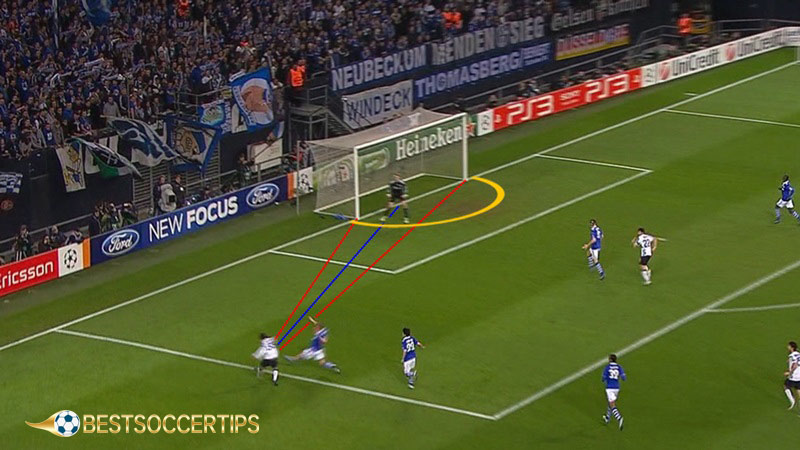
Although reflexes, hand-eye coordination, and leadership are skills that can be learned outside of football, understanding the position correctly may take many years and is indispensable for success. You may have the world’s best reflexes and hand-eye coordination, but if you don’t know how to position yourself, you won’t save much.
Lastly, understanding the mindset of opposing forwards is crucial to gaining an advantage in one-on-one situations. Knowing where they’re likely to place the ball, how they’ll shoot, and calculating trajectories in an instant before they shoot are skills that every good goalkeeper possesses and may take thousands of hours of playing football to understand if you lack field experience. Thus far, bearing the most pressure, goalkeeper is a position easy to grasp the basics of but extremely difficult to master.
4. Winger
Enhancing the offensive capabilities of the full-back role while reducing defensive responsibilities creates the foundation of a winger. Wingers primarily provide width to attacks and follow two distinct patterns, each demanding unique skill sets.
Traditional wingers typically position themselves wide to deliver crosses for strikers or adopt a more central role when the ball is on the opposite flank to capitalize on goal-scoring opportunities. It’s a position with minimal influence on team morale, provided you grasp the fundamental principles outlined and maintain tactical composure.
Your proficiency will demonstrate your suitability, yet you can excel as a traditional winger without extraordinary dribbling skills. Given that your main task is to advance down the wing and deliver crosses, speed often proves crucial. Following speed, crossing ability becomes paramount; possessing both speed and accurate crossing skills ensures effectiveness on the wing.
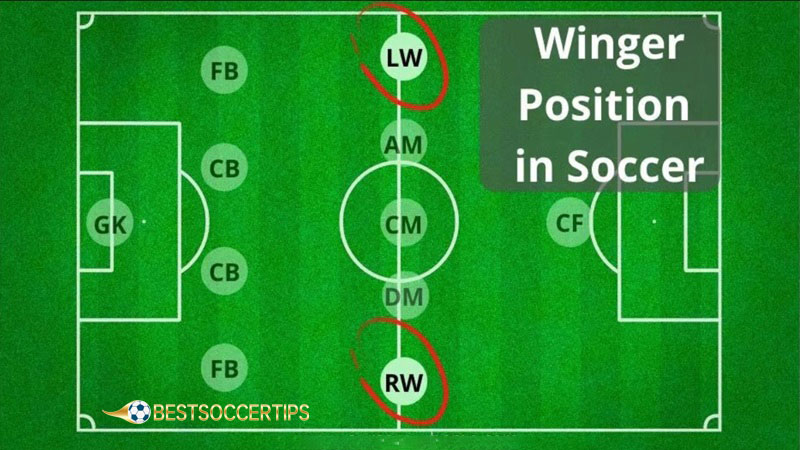
The role becomes more intricate when playing as an inverted winger. Traditionally, players utilize their stronger foot, but an inverted winger operates on their weaker side, aiming to cut inside and create goal-scoring chances from outside the penalty area.
As an inverted winger, superior dribbling skills take precedence, as space isn’t readily available to whip in crosses. Crossing with your weaker foot necessitates maneuvering the ball onto that side, allowing defenders time to react.
The traditional winger is relatively straightforward to adapt to, making it one of the easiest positions to master, requiring speed and adept crossing ability. Conversely, the inverted winger presents a more demanding option, calling for proficiency in dribbling, accurate shooting, and comprehensive ball control.
3. Full-back
When it comes to the easiest position, the typical answer is the right-back. In school football, you often see one of the weaker players stuck at right-back. The left-back role is naturally considered harder because left-footed players are rarer, and you usually want your stronger foot on the side you’re playing full-back, so for most people, right-back would be much easier.
However, right-back is the answer for most people when they think about the easiest position. Nevertheless, while that may have been true in the early days of football, it’s now a nuanced role that demands much more. If you stick to the basics, operate on the right side of the defensive line, and stay back, your job is quite simple: stop wingers from getting past you.

You need good defensive awareness and game reading. Understanding how to stop each winger you face isn’t an easy task. Knowing when to join the attack and when not to is another defining skill. Mistimed overlaps or pressing at the wrong time can leave you out of position and leave your team’s flank entirely exposed.
But you don’t have to be an attacking full-back; the most important thing is to fulfill your defensive duties, turning the right-back, by its core value, into a slightly more technical version of a center-back. Ultimately, speed is often crucial for this role, but only in progressive systems. Being quick means you have the ability to advance forward because you’ll have the speed to retreat to stop attacks if your team loses possession.
2. Center-back
Center-backs need to excel both physically and mentally to perform well. While technical skills and dribbling ability are much less important, you need to read the game excellently, understanding when to eliminate attackers and when to close them down.
Concentration is extremely important, and of course, knowing when to tackle as well as how to execute tackles to not foul the attacker. Add to that the importance of having a physical presence, and you’ll have a position that’s very challenging to take on.
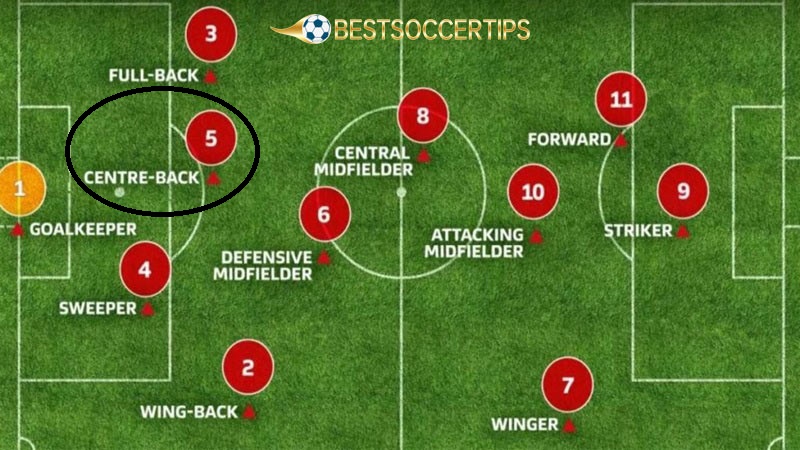
But technically, there’s very little required. If we talk about the pinnacle of football, technical ability is largely necessary, but a formidable center-back could be useless when in possession, take Harry Maguire for example.
1. Forward
Scoring goals is what everyone sees as the best part of football, and scoring creates an irreplaceable feeling. But from a tactical and minimal skill perspective, this is considered the easiest role. Yes, a good forward is indispensable for a winning team, but the skills you need to excel are much fewer than even a classic winger.
Two things are paramount when playing up top: positioning and finishing. Positioning refers to knowing where to position yourself to find space to shoot, and finishing refers to your basic ability to score, often referring to shooting from closer range, ‘finishing’ attacking movements. Of course, many additional attributes, such as height, speed, strength, dribbling skills, and even passing, will help you become a better forward, but even at the highest level, forwards without any special attributes except positioning and finishing still excel on the world’s biggest stage.
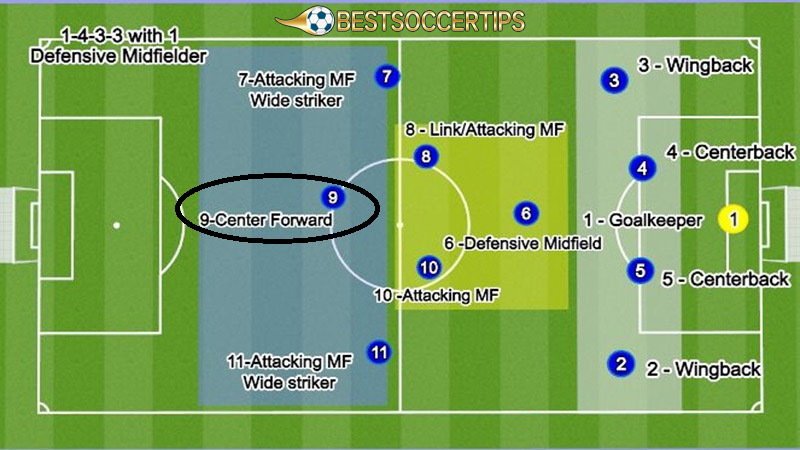
You don’t have to worry about defending or running unless the ball comes near you. All that matters is you put the ball in the net when required. Considering what you need to succeed, forwards don’t need to run a lot and rely only on two main attributes. Not only is being a goal scorer encouraged, but it’s not necessary for success. Just ask Gary Lineker.
Conclude
In summary, the roles of full-backs and wingers in football epitomize the dynamic nature of the sport, each presenting unique challenges and opportunities. Full-backs navigate between defensive solidity and attacking support, while wingers provide width to attacks and create goal-scoring chances. Traditional wingers excel in crossing, while inverted wingers emphasize dribbling and cutting inside. Mastering these positions requires a blend of technical skill, tactical awareness, and adaptability, contributing immensely to team success. Whether surging down the flank as a full-back or providing crucial assists as a winger, players in these roles play vital roles in shaping the outcome of matches.




